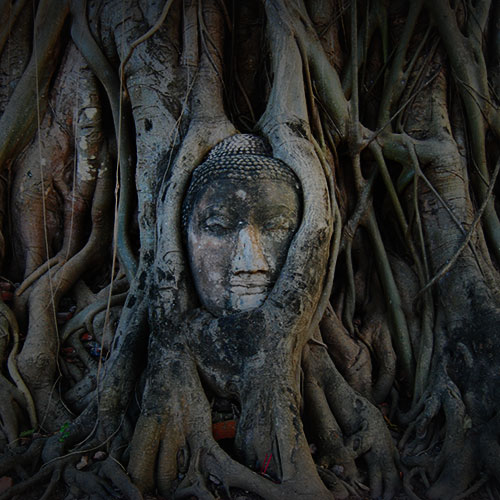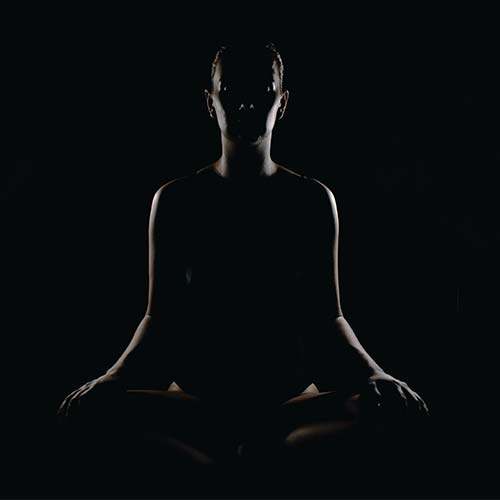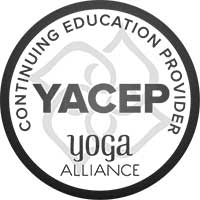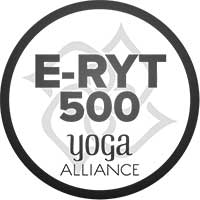Our bodies are amazing; we can go for prolonged periods without food, water, or even sleep; however, we cannot survive without breating. But how much attention and consideration do we pay to this crucial function? Do we fully comprehend the significance of breathing for both our mental and physical well-being? So today we are going to discuss a few aspects of it...
How Important Breathing is
Having breath gives us energy and Our bodies' cells require fresh oxygen constantly to produce energy, so breathing is necessary to get it to them. When we breathe, we also allow our bodies to expel the waste materials and toxins that they produce. If these substances are not expelled, they can easily remain stagnant in our bodies and impair essential processes.
The process of breathing is peculiar and unique to the human body. Similar to how blood circulates throughout our bodies, we do this a large portion of the time unconsciously, but we always have the option to alter the rhythm.
Body-mind connection (why breathing has a tremendous effect on our emotions, physics, and thinking mind)
Additionally, neuroscientists found that when you breathe in, your brain activity significantly changes. The amygdala, hippocampus, and piriform cortex are all affected by inhalation. 70 people between the ages of 18 and 30 took part in a study. Each participant was required to watch short videos of faces on a computer screen while being connected to a breathing monitor.
It was up to the recruits to decide whether surprise or fear was on their face. The researchers were interested in seeing if the participant's ability to recognize sounds was altered in any way by inhaling or exhaling through the nose as opposed to the mouth. They found that participants could identify a scared face a tiny bit earlier when breathing in through their noses.
So how can you benefit from this knowledge? When anxious or afraid, breathing through the nose may help the brain function better. This can improve how we respond to circumstances. Deep breathing exercises can also sharpen our memory and aid in decision-making when emotions are a key factor to consider. So, if you love someone but they don't want to get married and you do, should you stay with them? Inhale deeply through your nose as you consider it. It ought to aid in sorting things out.
In the third part of the study, 42 recruits were instructed to remember objects that were displayed on a computer screen. They were currently connected to a breathalyzer. Participants were subsequently questioned about their memories. The purpose of this experiment was to evaluate memory, specifically how breathing impacted the hippocampus. When they first saw the objects, those who inhaled tended to remember them more clearly than those who exhaled. Additionally, remembering was five percent more accurate when inhaled through the nose.
The senior author of this study and professor of neurology at Northwestern is Jay Gottfried. According to Gottfried, these techniques are already an integral part of meditation and focused breathing.
But now we realize the biological basis for their effectiveness. He explained that when you inhale, you are, in a way, synchronizing brain oscillations throughout the limbic network. Even though these results are intriguing, the study only included a small number of participants. To fully understand the intricate relationships between breathing and brain activity and how one influences the other, a much larger study is required.
In the context of yoga
Pranayama and Yoga History with Philosophy about it
Yoga practice includes specific breath control exercises as part of it. Prana and Yama, two Sanskrit words, are combined to form the word pranayama. Breath is one definition of prana. It can be considered breathing exercises or breathing techniques in that sense. In other words, it is under Prana's control. Yama means to manage or direct. Prana has more than one meaning.
The body becomes dead if the connecting mechanism disappears. Every living thing shares the same life energy. It exists in some other way in non-living things. It refers to the dynamic force that permeates an atom.
Indian philosophy holds that there are only two substances that make up the entire cosmos. Akasa or ether is one, and prana is the other. Everything is pierced and transcended by ether. Shiva is the name of this deity. Everything that has form is created out of Akasa with the aid of Prana. The totality of the universe's energies and forces is known as prana. This is Sakthi, the goddess.
Pranayama is the skill to control this Prana. Therefore, a yogi who has mastery over vital energy has mastery over the entire universe. Everything is under his control, from enormous stars to tiny atoms.
Vital Energy
Prana: What Is It?
The life force that unites every component of the body at the cellular level is this energy. Even though every cell in the body is unique, it makes you feel like a whole. One of the ways that the life force, or prana, connects and makes you feel whole is through breathing.
How to manage the immense power of prana. You must begin mastering the Prana that is closest to you. Your breath is the life force that is closest to you. You can have complete control over Prana if you can master this breath. As a result, Pranayama is a group of breath-control techniques for taking charge of the life force that permeates both your body and the cosmos as a whole.
History
Origin of Pranayama
An ancient branch of yoga known as pranayama has been practiced for more than 3,500 years in India. Ancient writings like the Chandogya Upanishad, Brihudharanya Upanishad, Maitri Upanishad, Bhagavad Gita, and Patanjali Yoga Sutra contain references. Let's examine some texts.
Bhagavad Gita
The Bhagavad Gita mentions pranayama in verses 4.29 and 4.30.
“Still, others, who are inclined to the process of breath restraint to remain in trance, practice by offering the movement of the outgoing breath into the incoming, and the incoming breath into the outgoing, and thus, at last, remain in trance, stopping all breathing. Others, curtailing the eating process, offer the outgoing breath into itself as a sacrifice.”
It demonstrates the fact that three thousand years ago, pranayama was an element of yoga.
Benefits
The Advantages of Proper Breathing and Breathing Exercises
According to research and Indian ancient texts, proper breathing has numerous benefits, many of which are listed below…
Enhances Immunity
Exercises that focus on breathing raise the body's oxygen levels and speed up the release of carbon dioxide-based toxins. The cells and tissues become healthier and perform better when there is more oxygen present. Improved organ health and functionality also strengthen the body's immune system. Clean, oxygen-rich blood defends against infectious bacteria and viruses better. Better breathing will also aid in the body's systemic absorption of vitamins and minerals.
Calms the Mind, Reduces Stress & Anxiety
Deep breathing exercises are highly recommended by psychologists as a long-term treatment strategy and as a way to combat anxiety attacks. Deep breathing aids in lowering blood pressure and raising oxygen levels. This assists in sending the brain the message to relax. Regular deep breathing will assist in regulating the hormones responsible for endorphin release.
Betters the quality of sleep
Better sleep is produced by deep breathing exercises that involve complete exhalation of the air. The act of breathing cleanses the body and promotes relaxation. Even those who experience insomnia can benefit from a deep breathing exercise before bed.
Helps to Reduce the Body's Toxicity
The body becomes acidic due to stress, poor eating habits, and shallow exhalation. Deep breathing allows all the toxins to be released, which causes the body to become alkaline. The body is cleansed by it. Additionally, deep breathing relieves stress on the body and aids in lymphatic drainage.
Benefits to the Digestive System
By increasing oxygen in the digestive system, deep breathing helps to relieve gastrointestinal problems such as indigestion, constipation, and more. The body remains healthy and energetic with proper digestion.
Beneficial to Heart Health
Exercises that involve breathing will strengthen the heart's muscles and lower blood pressure. Additionally, regular deep breathing lowers the risk of stroke. The vagus nerve is activated by deep breathing, which lowers the "fight or flight" response.
Amplify Mental Clarity and Cognitive Abilities
Regular breathing exercises can enhance concentration and focus. Additionally, it enhances mental abilities, including memory and cognition.
Skin that is Glowing and Healthy
Exercises that improve your breathing help your cells hold more oxygen, which gives your skin a healthy, radiant glow. It strengthens your skin. Exercises related to breathing reduce stress and promote clear skin while also helping to balance hormones and burn fat.
Reduces bodily Inflammation
One such breathing technique that aids in body cooling is sheetali pranayama. It causes a potent evaporating cooling effect that calms agitated, inflamed emotions and lessens digestive system inflammation, which strains the entire body.
Aids in Sinusitis
Yoga breathing techniques can be beneficial for treating sinusitis because the vibrations they create help drain sinusitis from the body and dislodge all mucous.
Strengthens the Body and Joints
Exercises that improve breathing raise the level of oxygen in the cells, which has positive effects on the joints. It strengthens muscles and joints. It aids in lowering the stress of exercise and the likelihood of wearing the muscles out. The body becomes more capable of handling vigorous physical activity.
Bolster your Lungs
Exercises that improve your breathing can help you accumulate more air in your lungs and diaphragm. It makes the lungs more elastic, allowing for more breathing room.
Practice
Learn Breathing in Yoga
There are numerous advantages to practicing yogic breathing. It is a method of slowly oxygenating and de-toxifying your body while putting your mind at ease and relaxing. Of course we recommend to learn and practice with a teacher on location, like on our retreats and trainings. But to give you a rough idea and overview – we can categorize traditional yogic breathing patterns into four types:
Abdominal or diaphragmatic breathing
When you breathe long and deep in the abdomen, focusing on stomach expansion during inhalation and stomach squeezing during exhalation.
Thoracic breathing
When you breathe into your lungs from the top down. While doing so, you become more aware of the lungs expanding, drawing in air, and contracting as you exhale.
Clavicular breathing
This technique involves inhaling air into your lungs until you feel an expansion in the upper part of your lungs near the base of your neck. Additionally, the collarbone and shoulder rise. Exhalation happens gradually, starting at the neck and moving up to the base of the chest.
Yogic breathing
This Breathing combines all of the aforementioned breathing techniques into a single inhalation. You inhale slowly and deeply, filling your chest, shoulders, and neck with air. Finally, you begin to let go from the stomach, moving on to the chest, shoulder, and neck.
Visit us in greece
We Offer Breathing Workshops at our Retreats
You have read everything we discussed breathing above if you are reading this. However, if you are feeling as though it is too much for you right now, I assure you that it is not, especially if it is done in a group with a mentor.
At Inea Yoga, we also offer Breathing & Pranayama Retreats in Corfu, Greece. We strongly advise you to visit and share the bliss with others.


 90 min
90 min
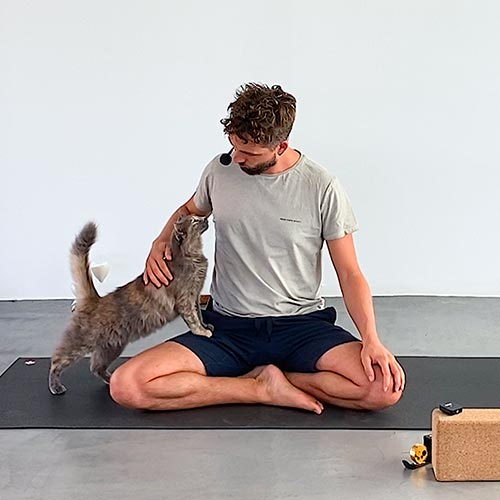
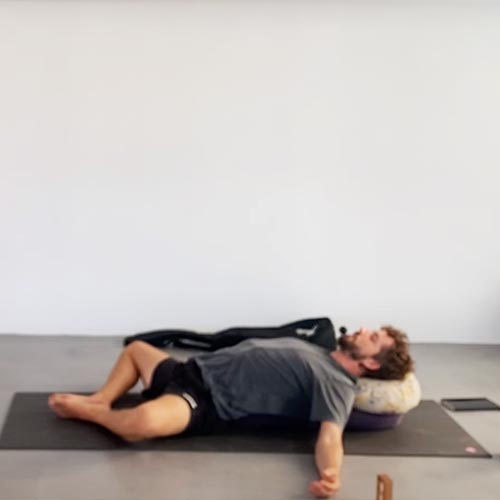
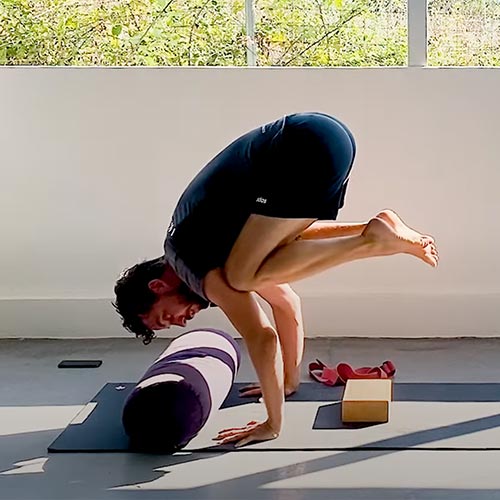
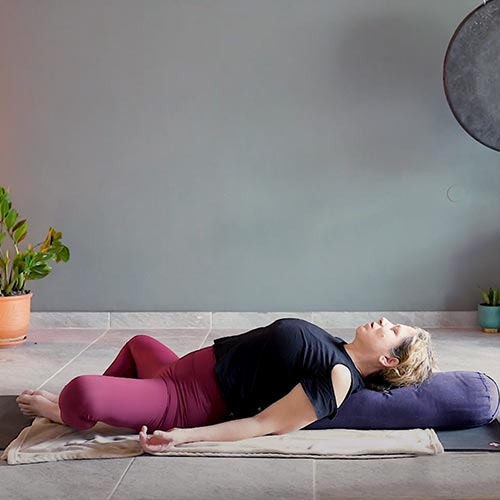


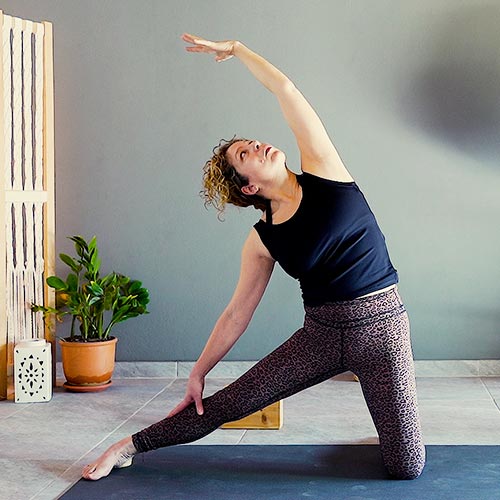

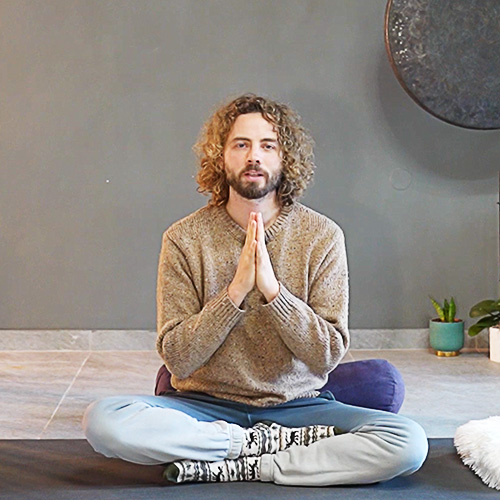



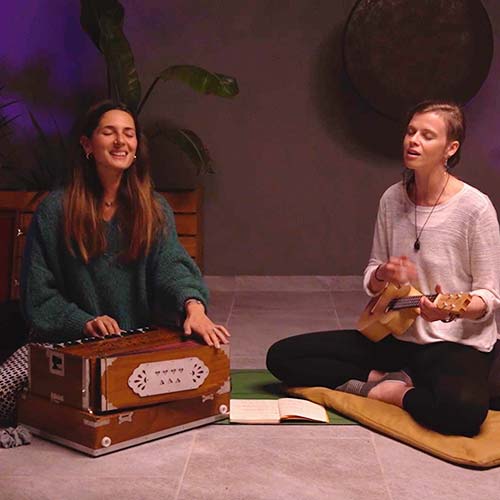

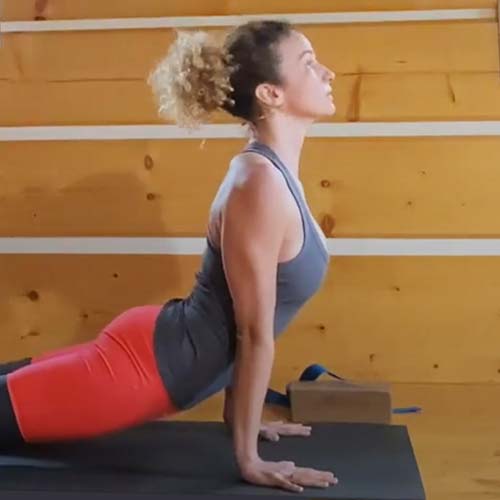


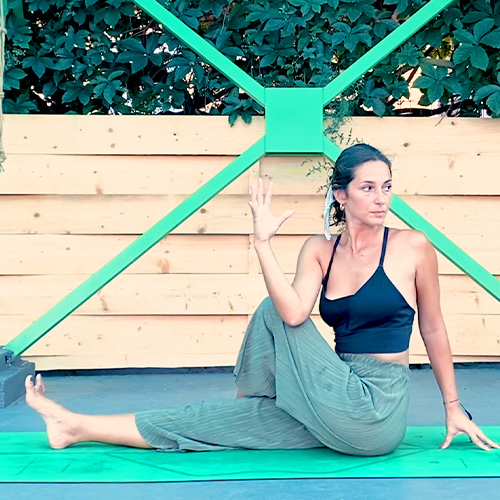
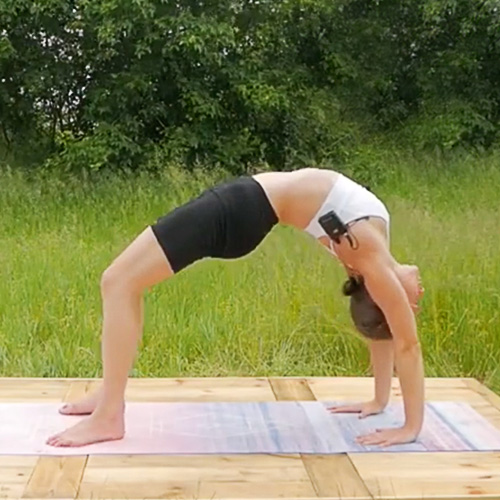

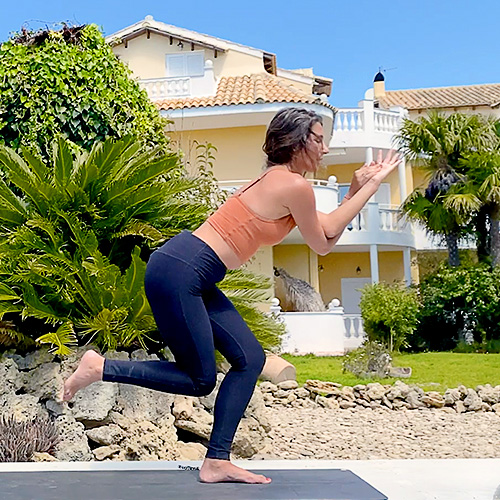
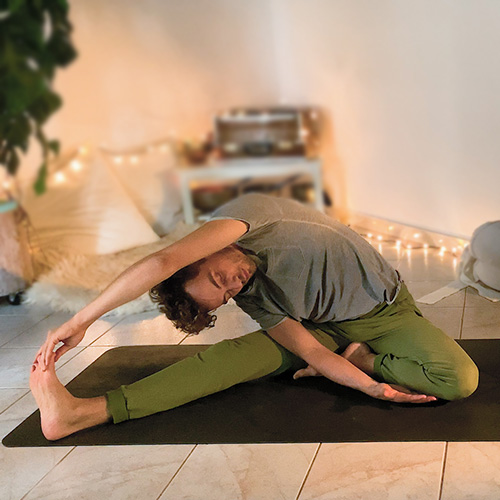
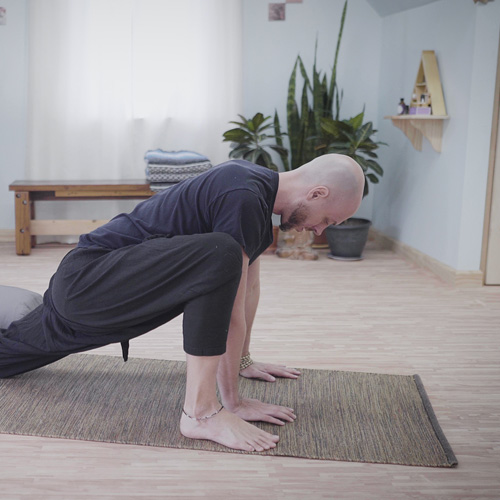
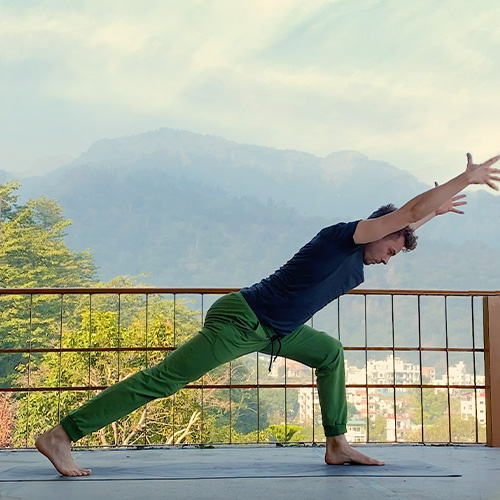
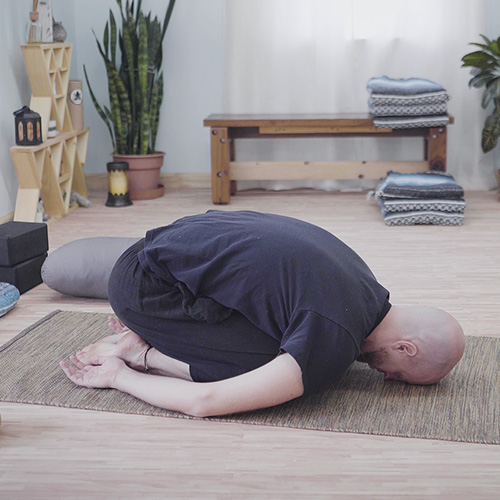
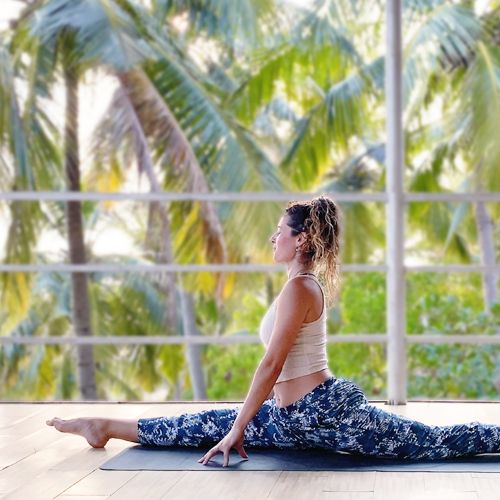


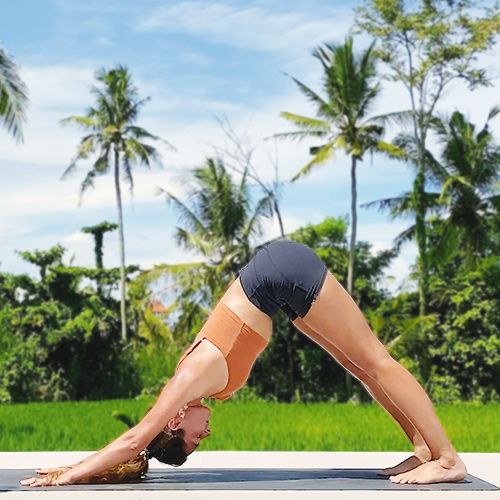
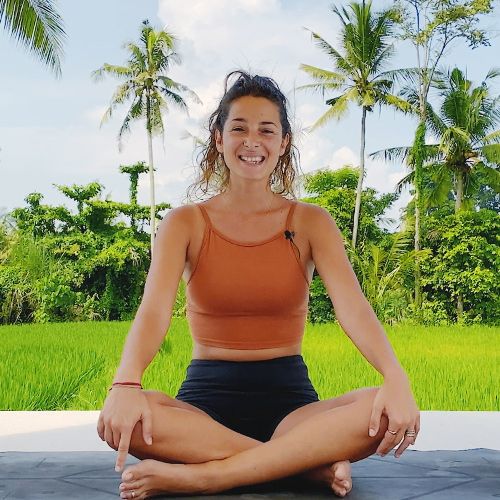
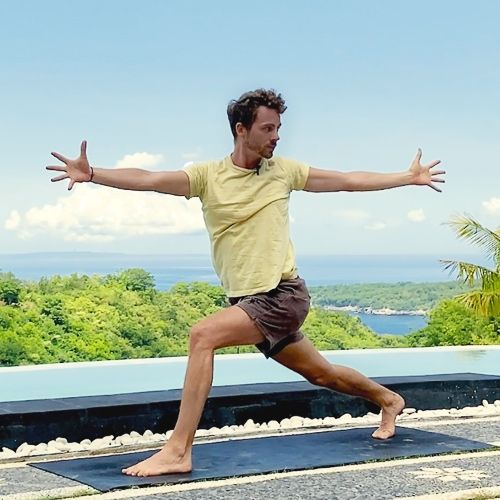
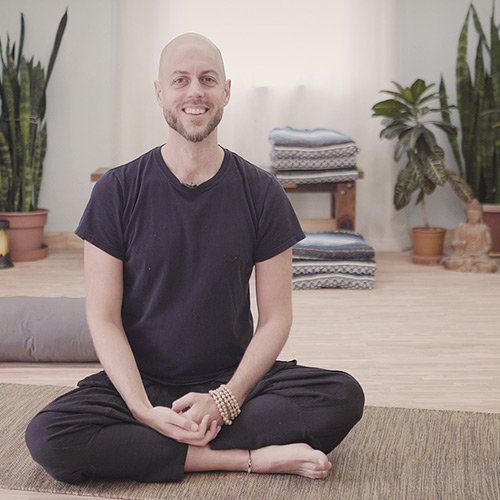



 read more
read more